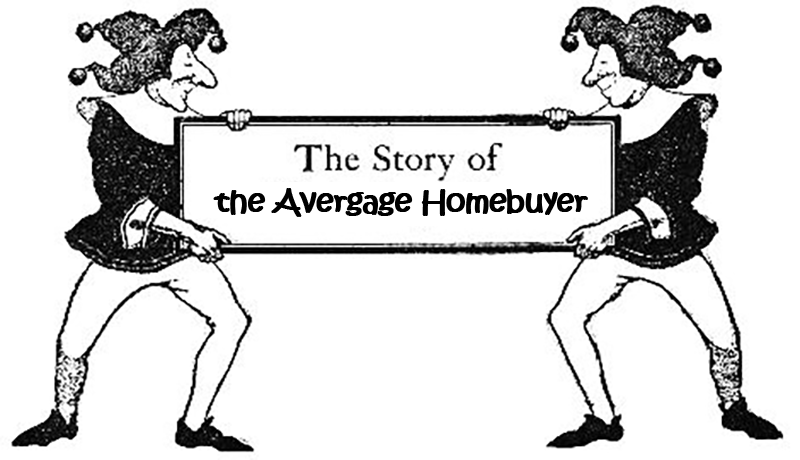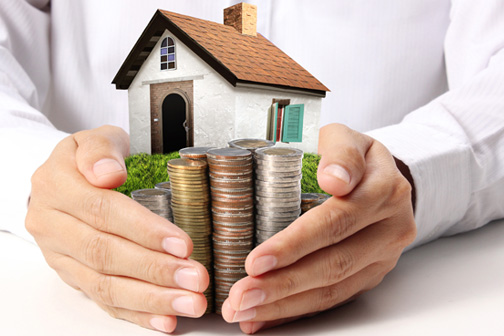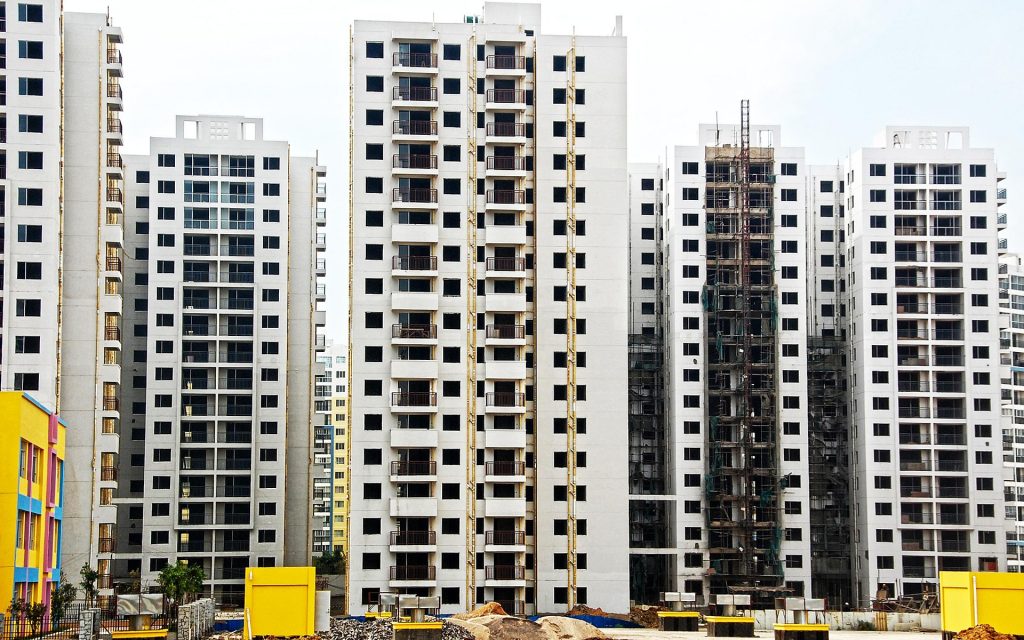In part 2 of this series, we brush up briefly on chaos theory and complex systems, and why they matter in a strategist’s toolkit. We also look at one specific consequence of Covid in China, and CCP’s attack on capitalism, greed and speculation. Which doesn’t backfire at all, as we know.
In this part instead, we take the bottom-up approach to look at what is happening. People in China are not exactly allowed to bring dissent to the streets or engage in confrontations with the elite. But dissent, somehow, always finds an outlet to get out.
A short sad housing story.
Picture being the breadwinner in a middle income Chinese family:

You scrape everything you can, including funds from relatives and parents, in order to put down a down payment for an apartment. To secure an investment. Something which, I can’t stress this enough, is not optional.
The average price for homes in the cities is easily 40x your salary. You immediately start paying your mortgage monthly. This puts you in debt, essentially, for life.
Then 2020 comes. Construction companies take a nosedive. Chinese society starts to lose confidence in their real estate investments.
Work for your house unit doesn’t begin when it was supposed to.
You and all other owners are met with excuses.New liquidity is pushed into the system by the government, to inflate some life into property developers. You question why these crooks get to have a bailout; they already have everyone’s money.
People are spooked; they realized, as you did on day one, that this was going to be a pyramid scheme, and now more people want out. This pushes asset prices further down.
Your house unit gets delayed again.
You and all other owners are met with more excuses.The industry is force-fed even more money and new units are announced in the proximity of the one you purchased, and they end up being advertised with sell prices lower than yours. We are talking 50% less. It’s a price floor which is being enforced by the government; it’s illegal for the price to go any lower (the CCP may arrest it?), but still, no buyers show up.
Suddenly, you come to the realization of being the bigger fool at the end of the line.
Imagine what would it be like having invested in a property that does not exist, whose value is 50% down and sinking. Recouping its cost value is now out of the picture entirely.
Imagine having paid for 20% of it so far. It would not make any financial sense to keep honouring the mortgage rates. And since COVID hit, money is tight. Given the really bad economic tide, people might feel like the most conservative direction for them would be to just let the investment sink, call it a loss, and try to move on.
Mortgage boycotts

On the morning of July 1st, 2021, a mortgage boycott manifesto started to circulate on social media. The movement calls for a boycott of paying mortgage rates unless construction starts.
This initially affected the owners of one specific housing project, a structure which typically accounts for hundreds to thousands of house units.
In the evening of the same day, the affected projects became two.
The boycott resonated strongly with people all across the country who are in the same condition.
Mortgage protests are online-driven. Authorities were put immediately on high alert. The censoring became brutal, and on social media all mentions of any of this happening disappears. But despite this, the movement gained strength.
By July 12th, as many as 100 projects were hit by mortgage boycotts.
At the time of writing, crowd-sourced data managed to leak out, and claims that more than 300 projects are hit by boycotts.
But wait, it gets worse.
Ghost cities
We must not forget that the real estate sector has been pushed for decades to produce house units that, for the largest part, are not livable. Their only design criteria are cramming as many units as possible, to be built quickly and cheaply. With the prospect that they can increase in value rapidly.
Chinese ghost cities are a massive chunk of the entire real estate market, and often they do not have basic infrastructure to sustain life within them. It was not put in place because the prospects of people actually moving there were not deemed realistic. This gives you the scale of the speculation running the scheme.

A massive bubble within the bubble.
I have been to China personally in 2015: the problem was already more than evident, and I am not even capable of conveying how massive it appeared. I’m talking 4-hours-worth of railway out of Beijing, and still seeing empty residential blocks in all directions with no end in sight. All with no lights, no window shutters, no support infrastructure whatsoever. Just concrete boxes with holes poked in them.
It was right then and there that I made a resolution to sooner or later write about this.
Why is this aspect important? Because it tags the properties that were built as part of ghost cities as assets whose real value is entirely disconnected from what the market used to price them.
This is also true for any asset within a bubble, okay, but if we want to put a real-value price tag on a home that has no purpose, then in the long term we will find out it’s negative.
These assets can’t be put in the same basket with homes intended to be actually used. They are a different kind of beast, more speculative. A derivative asset.
People accepted to pay outrageous prices for unliveable properties only because of their confidence in the real estate market going up.
Now that the market has been falling for 12 months with no sign of recovering, people started to evaluate their investments at face value. At some point all properties will be free to reach their true valuation.
And when that happens, and housing prices maybe start to recover a little, we will see the value of ghost cities still falling, and it will keep falling. Buyers are aware of this; the fact that people don’t want to pay any more mortgage rates is totally understandable.
And in part 4 of this series, a number of other things also blow up. Don’t miss it!

